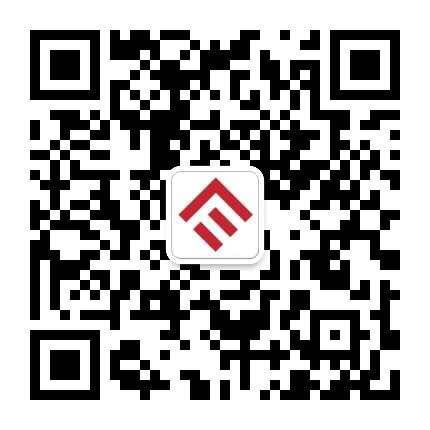Three more rate hikes on the horizon?
High inflation could force the Reserve Bank to hike rates three more times after rising holiday and electricity prices drove inflation to its highest level in more than three decades.
Consumer price growth rose to 7.8% in the year to December, up from 7.3% in September, according to The Australian.
This stronger-than-expected rise was driven by a spike of nearly 9% in household power bills and a 13% rise in domestic travel and accommodation, The Australian reported.
Treasurer Jim Chalmers declared that inflation was “unacceptably high” as the Australian dollar rose to a five-month high of US$71 cents. Market watchers increased their predictions of the probability of a cash rate hike next month to 90%, up from 60% prior to Wednesday’s consumer price report.
Gareth Aird, head of Australian economics at Commonwealth Bank, said Wednesday’s figures were a “smoking gun” for a ninth consecutive rate hike to 3.35% at the RBA’s Feb. 7 meeting. Citi chief economist Josh Williamson said “stubbornly high inflation” would likely spur rates to hit 3.85% by April, The Australian reported.
Soaring energy costs
With mortgage holders facing the likelihood of even higher loan repayments, Chalmers wouldn’t rule out that power costs would continue to rise in early 2023. However, families will have to wait until after the May budget for the government’s promised $1.5 billion in energy assistance.
Chalmers said he had been working with state and territory treasurers to finalise the energy assistance package.
“Obviously when energy prices [are] such a big part of our inflation challenge, that’s been our main priority,” Chalmers told The Australian. “This involves a lot of negotiation with each of the states and territories, bilaterally, and so that takes a bit of time. I would expect that energy bill relief is a key feature of my budget and flows not too much longer after that. And when it does, it will make a meaningful difference.”
Other than the introduction of the GST at the beginning of the 2000s, consumer prices grew at their fastest pace since 1990, when inflation hit 8.7%.
Headline inflation was still under the RBA’s prediction of 8% in December. However, the central bank’s preferred measure of underlying inflation – which removes the most volatile items – rose from 6.1% to 6.9%, The Australian reported. That’s well above the RBA’s prediction of 6.5%.
More hikes likely
Citi’s Williamson said he expected consumer price growth to stay higher for longer, raising his 2023 year-end forecast from 4.5% to 5%. Williamson said underlying inflation would still be at 5% in a year’s time – twice the midpoint of the RBA’s 2%-3% target range.
“This implies that the RBA cannot pause its hiking cycle in February,” Williamson told The Australian. He predicted two further increases, pushing the cash rate to 3.85% in April.
“We see risks tilted towards a [half-percentage-point] hike in February if the bank’s liaison feedback suggest that a prices-wage spiral is emerging,” he said.



